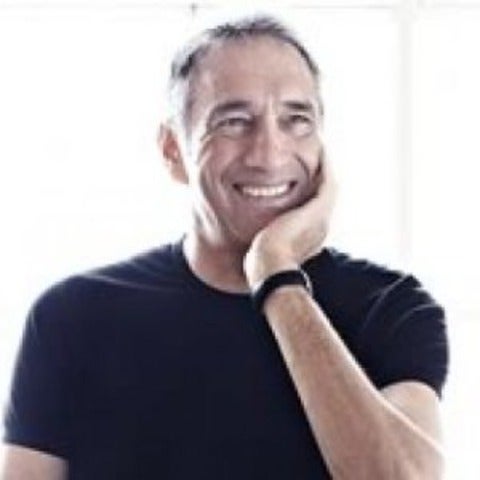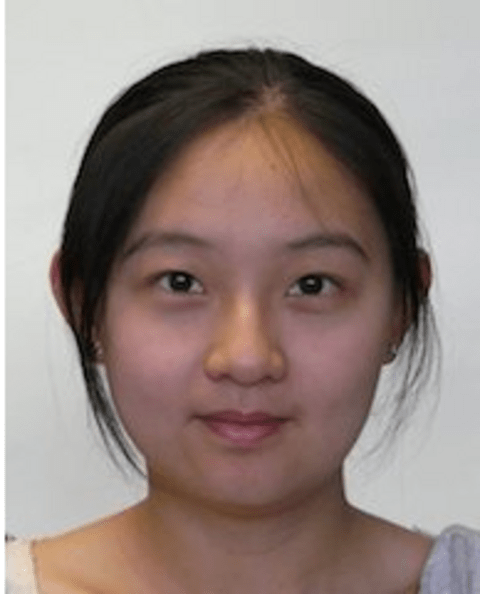Quantum acoustics with superconducting qubits
Yiwen Chu - Yale University
The ability to engineer and manipulate different types of quantum mechanical objects allows us to take advantage of their unique properties and create useful hybrid technologies. Thus far, complex quantum states and exquisite quantum control have been demonstrated in systems ranging from trapped ions to superconducting resonators. Recently, there have been many efforts to extend these demonstrations to the motion of complex, macroscopic objects.

 Featured Speaker: Dr. Ron Dembo
Featured Speaker: Dr. Ron Dembo
 Xiaodong Ma: Topological insulator and the quantum anomalous Hall effect
Xiaodong Ma: Topological insulator and the quantum anomalous Hall effect